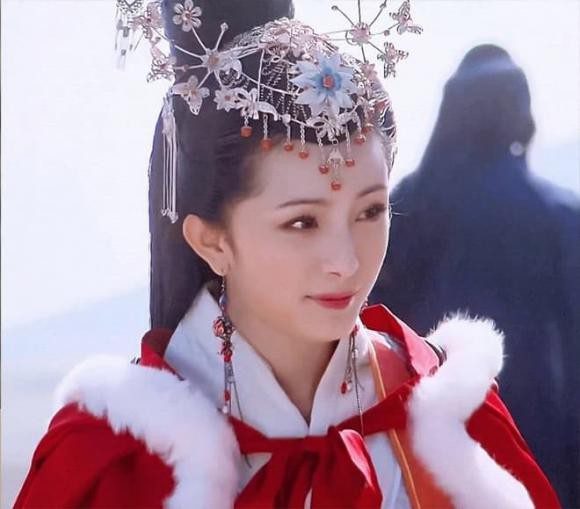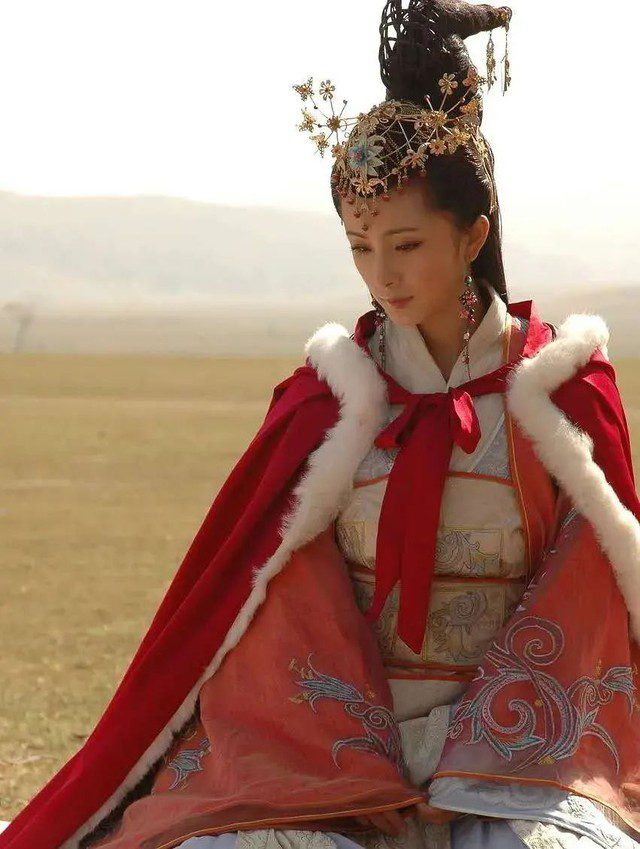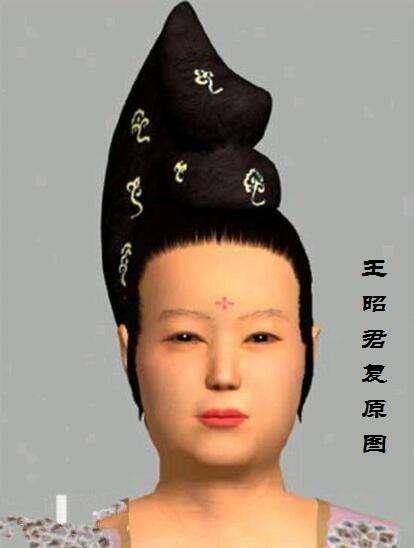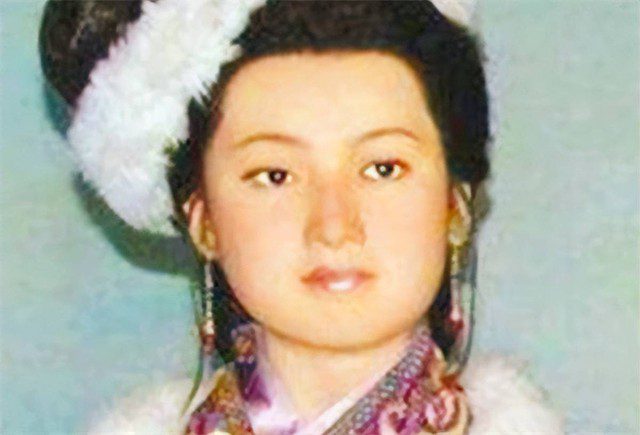In the ancient dynasties of China, the beauty of Wang Qiao Juan represented the allure of the “fallen bird.” Her beauty resembled the bright moonlight shining upon the land, captivating onlookers who were spellbound by her lovely figure, momentarily forgetting the vast sky above.
However, the beauty of Wang Qiao Juan was not merely a captivating portrait that left people mesmerized; it also marked the beginning of a significant historical narrative. As one of the renowned beauties of the past, she had quite a tragic fate, transforming from a “consort” into a pawn used by the ruling powers.
Historically, Wang Qiao Juan, also known as “Ming Fei” or “Wang Ming Juan,” lived during the Western Han Dynasty and was renowned for her extraordinary beauty, enchanting everyone who laid eyes on her. She hailed from humble beginnings, merely a palace maid, yet she was endowed with beauty and talent that transformed her into a celebrated figure of ancient China. The Emperor had appointed her to a prestigious position before she was forced into the role of a political pawn.
In those times, women in the imperial court were often marginalized, shouldering the responsibilities of concubines. When Wang Qiao Juan was chosen to bear the burdens of the harem, the Emperor was immediately captivated by her beauty. Upon seeing her, everyone was mesmerized, including the divine beings themselves. Despite her humble circumstances, the Emperor had to be cautious in keeping her close.
Beyond her stunning beauty, Qiao Juan’s legacy has been deeply etched in history, and she has become a figure referenced across generations. Nowadays, advances in science and technology allow experts to recreate her lost visage, and the results are nothing short of breathtaking.
From ancient times, the definition of beauty has continually evolved, reflecting changes in time and culture, with varying standards of beauty emerging. When we examine the artistic representations of Wang Qiao Juan from a modern perspective, we can see that she does not conform to traditional standards of beauty.
Typically, our standards of beauty include a delicate oval face, bright eyes, a charming smile, and a petite mouth. However, the features of Wang Qiao Juan are not overly exaggerated; her eyes are subtly charming, and she even has a slightly round face with a softer aesthetic appeal.
Despite the stunning images recreated using modern technology, there remains much skepticism. Nonetheless, leading experts confidently assert that these reconstructions are indeed authentic representations and have been carefully analyzed. In ancient dynasties, beauty standards were vastly different from contemporary ideals. The beauties of the past were often more voluptuous and curvaceous than today’s standards. In today’s society, a plump figure and a round face are considered the hallmarks of beauty, while a petite mouth is seen as a distinct characteristic of modern beauty trends. Therefore, it’s clear that Wang Qiao Juan undoubtedly stands out as one of the most recognized beauties, not only for her appearance but also for the captivating stories that surround her life.
Source: Sohu



















